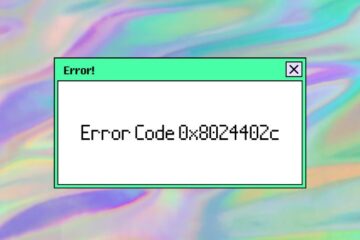If you’re a frequent user of digital payments in India, you’ve probably heard of UPI or Unified Payment Interface. It’s a real-time payment system that has revolutionized the way people make transactions, offering a quick, convenient, and secure mode of transferring funds between bank accounts through a mobile device. However, there are limits to the amount that can be transferred using UPI, and it’s important to be aware of these restrictions to avoid any inconvenience. In this article, we will explore the UPI payment limits in detail, including the maximum and minimum transaction amount, daily and monthly transaction limits, and how to increase them. We will also address some frequently asked questions regarding UPI payments and provide tips to ensure a seamless payment experience. So, let’s dive into the world of UPI payments and discover all you need to know about the UPI payment limit.

What is the UPI payment limit?
Unified Payments Interface (UPI) is a real-time payment system that allows users to send and receive money instantly. UPI has become increasingly popular in India because of its convenience, security, and speed. However, there are certain limits on UPI transactions that users need to be aware of.
The UPI payment limit refers to the maximum amount of money that can be transferred through UPI in a single transaction or in a day. In this article, we will explore the different types of UPI payment limits and how they affect your transactions.
What is the daily UPI payment limit?
The daily UPI payment limit is the maximum amount of money that you can transfer through UPI in a single day. This limit is set by the National Payments Corporation of India (NPCI), the organization that oversees UPI transactions. As of now, the daily UPI payment limit is set at Rs. 1 lakh per day for most UPI apps. However, some banks and UPI apps may have different daily limits.
What is the UPI transaction limit?
The UPI transaction limit refers to the maximum amount of money that can be transferred in a single UPI transaction. As of now, the UPI transaction limit is set at Rs. 1 lakh per transaction for most UPI apps. However, some banks and UPI apps may have different transaction limits.
Read: Teaching the Basics of ChatGPT: How A Man Earned Rs 28 Lakh on Udemy
How can I increase my UPI payment limit?
If you need to transfer more than the UPI payment limit, you can increase your UPI payment limit by linking your UPI account to your bank account. Most UPI apps allow you to link multiple bank accounts, and each bank account has its own UPI payment limit. You can also request to increase your UPI payment limit through your bank’s customer care or by visiting your bank branch.
Also Read: 5 Exciting New WhatsApp Features Coming in 2023
What are the UPI payment limit charges?
There are no charges for UPI transactions, including UPI payment limit charges. However, some banks or UPI apps may charge a fee for exceeding the UPI payment limit or for certain types of transactions.

What are the benefits of UPI payment limits?
UPI payment limits are in place to ensure the security of your transactions and to prevent fraud. By limiting the amount of money that can be transferred in a single transaction or in a day, UPI helps to prevent unauthorized transactions and reduce the risk of fraud.
UPI payment limits are an important aspect of UPI transactions. By understanding the different types of UPI payment limits and how they work, you can make better decisions when using UPI for your transactions. Always remember to stay within the UPI payment limits to avoid any issues with your transactions. If you need to transfer more than the UPI payment limit, you can easily increase your limit by linking your UPI account to your bank account or by contacting your bank’s customer care. UPI is a safe, convenient, and fast way to send and receive money, and by following the UPI payment limits, you can ensure a hassle-free experience.




